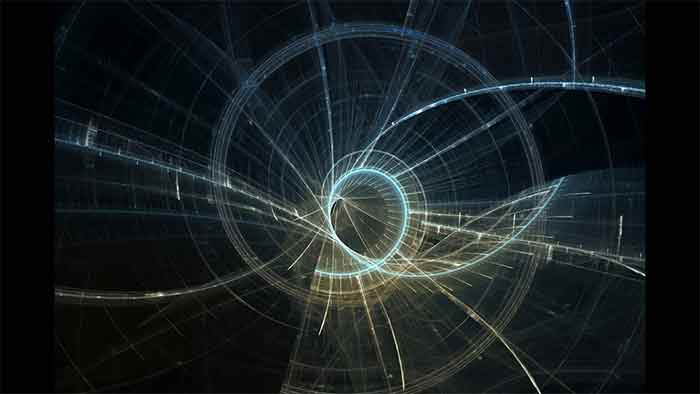
A new freely downloadable book
I would like to announce the publication of a book entitled “Some Aspects of Quantum Theory”. The book may be downloaded and circulated free of charge from the following link:
What readers may expect to find in the book
I hope that this book will be of interest to students and researchers in mathematics, physics and theoretical chemistry. The first chapters can be read with ease by anyone with a knowledge of calculus and differential equations. However, some later chapters, and most of the appendices, are more demanding. Many of the initial chapters deal with the way in which quantum theory is able to explain chemical bonding, the periodic table, and much else in chemistry.
Chapter 10 deals with resonance energy transfer and especially with the relativistic treatment of this phenomenon. My fascination with this topic dates back to my Ph.D. thesis work in the early 1960’s at Imperial College, which was then a part of the University of London. I had previously been working at the laboratory of Prof. Albert Szent-Györgyi and the Marine Biological Laboratory at Woods Hole, Massachusetts.
The problem on which we had been working was a quantum mechanical treatment of the primary process in photosynthesis, where a photon is absorbed, and its energy stabilized. Resonance energy transfer plays a large role in this process. When I started my Ph.D. work in London, I decided to see whether relativistic corrections made a difference
My calculations showed that while the usual non-relativistic treatment leads to transition probabilities that fall off as the 6th power of the separation, the calculated relativistic transition probabilities had a long-range component that fell off as the separation squared. Thus,if we imagine a very large sphere around an excited atom of molecule, the probability that the excitation energy will be transferred to one or another of the acceptors is independent of the size of the sphere! Is this a process that competes with spontaneous photon emission? Or is it an alternative way of treating the joint process of emission and absorption?
Today, sixty years later, I continue to be fascinated by this question. In Chapter 10 experiments are proposed which could demonstrate that resonance energy transfer over macroscopic distance is possible. I am grateful to my son, Associate Professor James Emil Avery of the Niels Bohr Institute, University of Copenhagen, for his help and advice. He deserves to be listed as co-author of this book. However, I don’t want him to be blamed for the book’s shortcomings, for example, in case the discussion section of Chapter 10 is seen to be too speculative.
Besides the usual topics, the book also focuses on some aspects of quantum theory that have been of special interest to myself and to my son, James. Among these special areas of interest is the use of 4-dimensional hyperspherical harmonics in reciprocal-space quantum chemistry. We share this interest with Professor Vincenzo Aquilanti and his group at the University of Perugia in Italy.
Both James and I have made numerous research visits to Perugia, where we have enjoyed both the wonderful hospitality and great mathematical knowledge of Prof. Aquilanti and his co-workers.
My interest in many-dimensional spaces brought me into contact with Professor Dudley R. Herschbach of Harvard University. I have been privileged to visit his brilliant research group many times, and to work closely with Prof. Herschbach and his colleagues for many years.
In conclusion, let me say that I hope that many readers will enjoy the first chapters of the book, and that the later chapters and appendices will also be useful to specialists.
John Scales Avery is a theoretical chemist at the University of Copenhagen. He is noted for his books and research publications in quantum chemistry, thermodynamics, evolution, and history of science. His 2003 book Information Theory and Evolution set forth the view that the phenomenon of life, including its origin, evolution, as well as human cultural evolution, has its background situated in the fields of thermodynamics, statistical mechanics, and information theory. Since 1990 he has been the Chairman of the Danish National Group of Pugwash Conferences on Science and World Affairs. Between 2004 and 2015 he also served as Chairman of the Danish Peace Academy. He founded the Journal of Bioenergetics and Biomembranes, and was for many years its Managing Editor. He also served as Technical Advisor to the World Health Organization, Regional Office for Europe (19881997).
http://www.fredsakademiet.dk/ordbog/aord/a220.htm. He can be reached at [email protected]. To know more about his works visit this link. http://eacpe.org/about-john-scales-avery/
SIGN UP FOR COUNTERCURRENTS DAILY NEWSLETTER
















































